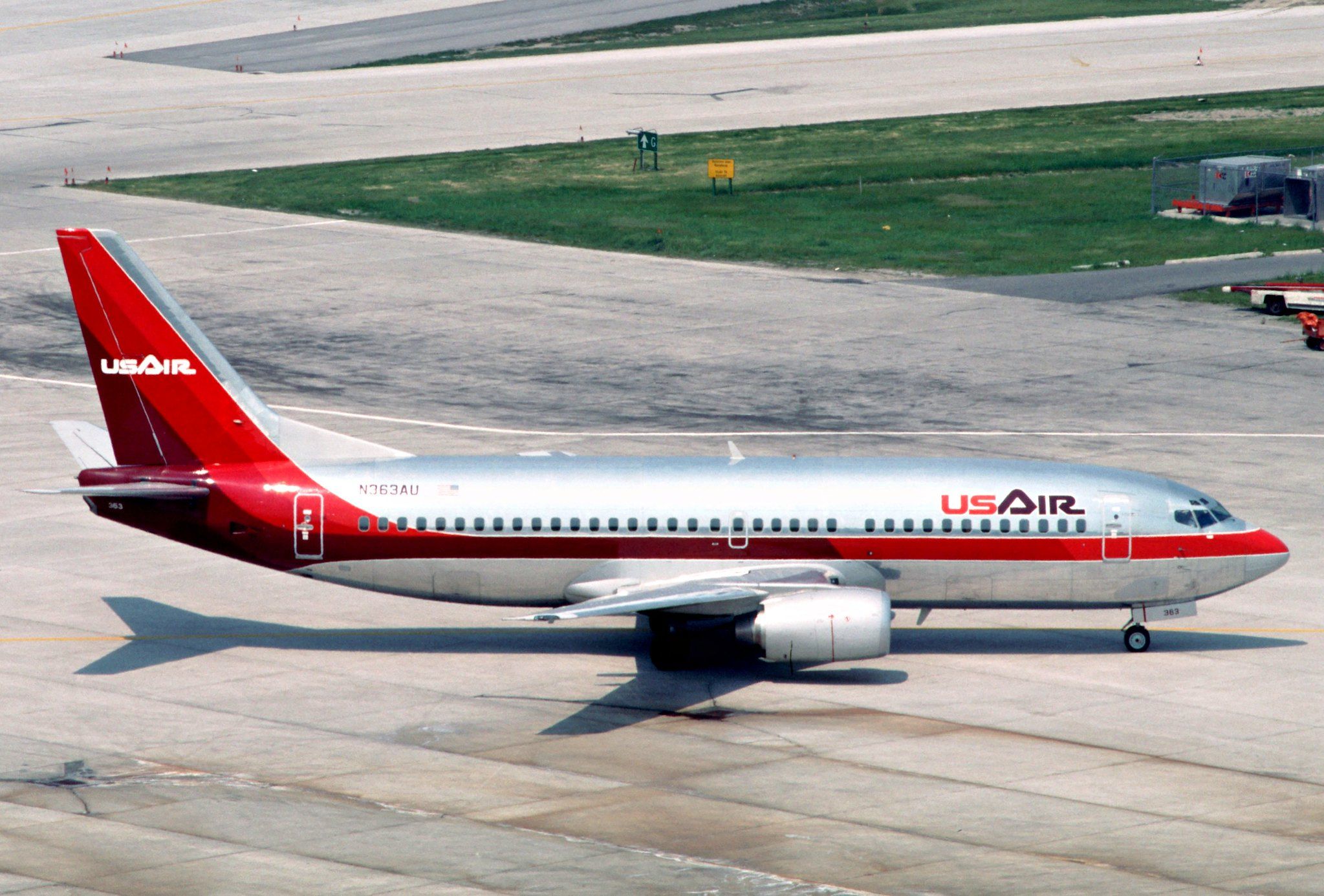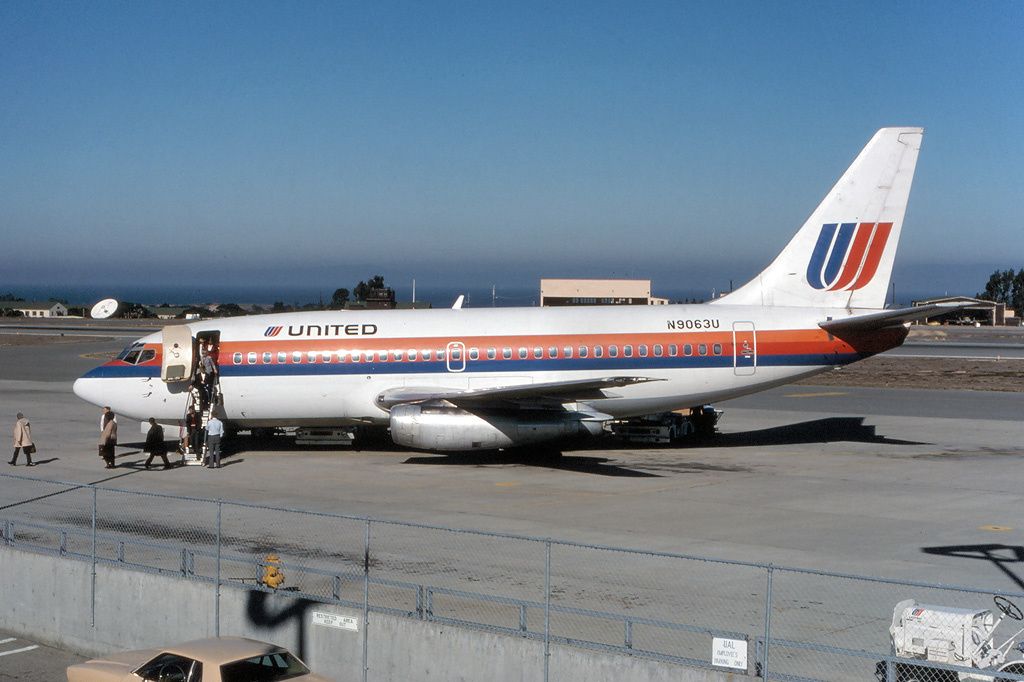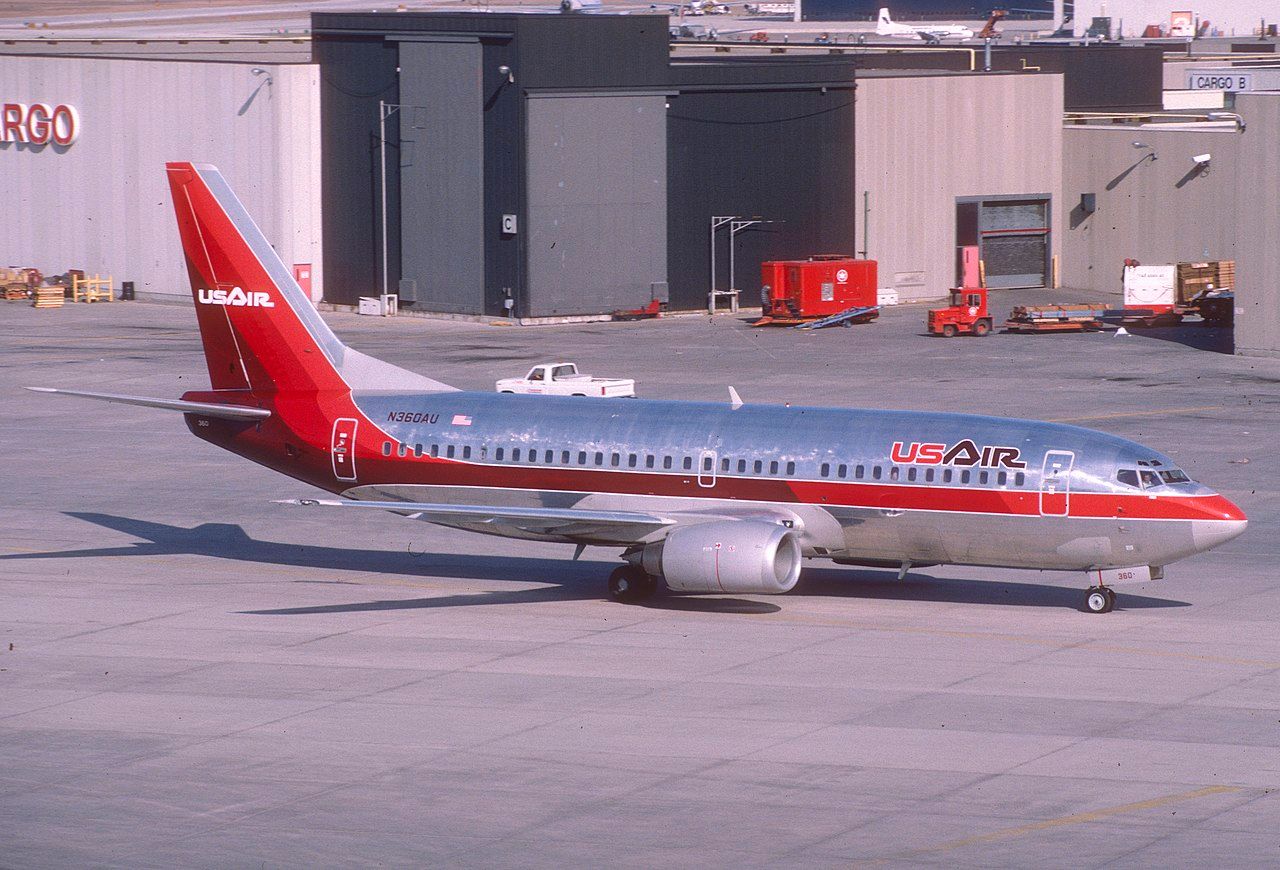During the early and mid-1990s, it was discovered that US planemaker Boeing's popular twin-engine 737 narrowbody jetliner family had a problem related to the aircraft's rudder. The problems with the rudder resulted in several incidents after pilots lost control of their plane following sudden unexpected rudder movements.
Unfortunately, these rudder problems were found to have contributed to two fatal crashes: United Airlines Flight 585 and USAir Flight 427. Unlike other larger twin-engine Boeing planes, the 737 had a single rudder panel and actuator. Controlled by a single hydraulic Power Control Unit (PCU), the rudder works on input provided by the pilot's rudder pedals or the aircraft's yaw damper system.
Rudder hardovers were to blame
Following investigations into the two fatal crashes that were carried out by the United States of America's Federal Aviation Administration (FAA), it was found that a faulty valve could cause the aircraft's rudder to move without warning. In 1996, Boeing eventually acknowledged that rudder problems with its 737s could imperil flights and subsequently called for all of its 737 aircraft to be inspected.
Love aviation history? Discover more of our stories here!
At the time, the Boeing 737 was the most widely used passenger jet globally, with more than 2,700 planes in service. It remains a bestseller today, with more than 11,000 having been produced across all variants, and data from ch-aviation.com shows that almost 7,300 are active today. While the two fatal crashes remained unsolved, the belief was that uncommanded rudder hardovers were to blame.
A rudder hardover is an extreme movement of the hinged vertical section of the plane's tail that is responsible for controlling lateral (left-to-right and vice versa) movement. If a hardover was to occur at a low altitude and speed, it could cause the aircraft to go into a sudden dive that the pilot might not be able to recover.
United Airlines Flight 585
On March 3rd, 1991, United Airlines flight 585 was a regularly scheduled flight between Denver Stapleton International Airport (DEN) and Colorado Springs Airport (COS). The aircraft deployed for the flight was a nine-year-old Boeing 737-291, registered N999UA. According to data from ATDB.aero, this twinjet had previously flown for Frontier Airlines before joining United Airlines in June 1986.
Get all the latest aviation news right here on Simple Flying!
The plane departed Denver at 09:23 local time for the short flight to Colorado Springs. According to the Aviation Safety Network, it was lightly loaded, with just 20 passengers and five members of crew onboard the jet. At 09:37, the aircraft was approved for a visual approach to runway 35. Suddenly without warning, while at the height of 1,000 feet, the plane rolled to the right and went into a dive
As a result of this, the aircraft crashed four miles (6.44 km) short of the airport, with the impact tragically killing all 25 passengers and crew. The initial investigation by the NTSB was unable to conclusively determine the cause of the crash, but the revised investigation, reopened in parallel with work surrounding USAir flight 427, deemed loss of control due to rudder hardcover to have been the probable cause.
USAir Flight 427
USAir Flight 427 was a regularly scheduled flight between Chicago's O'Hare International Airport (OAD) to Palm Beach International Airport (PBI), which also had an en-route stopover at Pittsburgh International Airport (PIT). The aircraft deployed for USAir flight 427 was a seven-year-old Boeing 737-3B7, registration N513AU.
While on final approach into Pittsburgh at 6,000 feet, the aircraft suddenly experienced turbulence created by a Delta flight landing ahead of them. Suddenly the plane rolled to the left and went into a steep dive, subsequently slamming into the ground shortly after. This impact resulted in the deaths of all 132 onboard.
It was determined that the crash resulted from a design flaw that could result in an uncommanded movement of the aircraft's rudder. Boeing redesigned the 737 rudders, and since there have been no further incidents where 737 rudder hardovers have caused accidents, proving that the NTSB was correct with its findings.
Sources: ATDB.aero, Aviation Safety Network, ch-aviation.com

.jpg)



